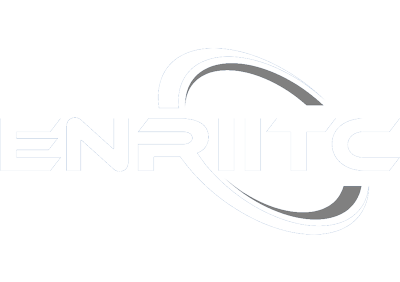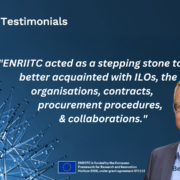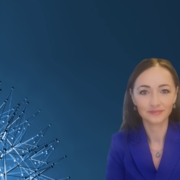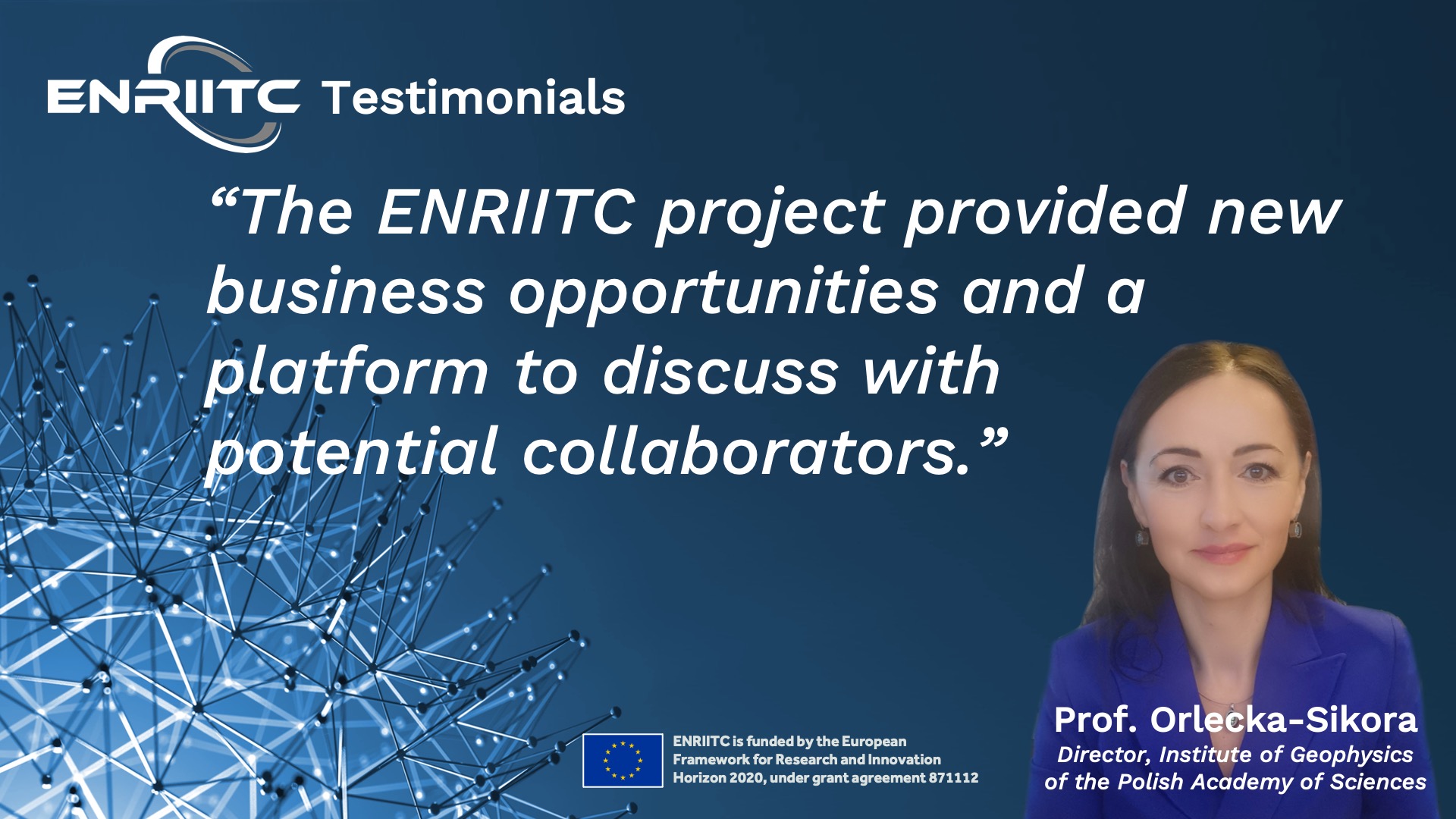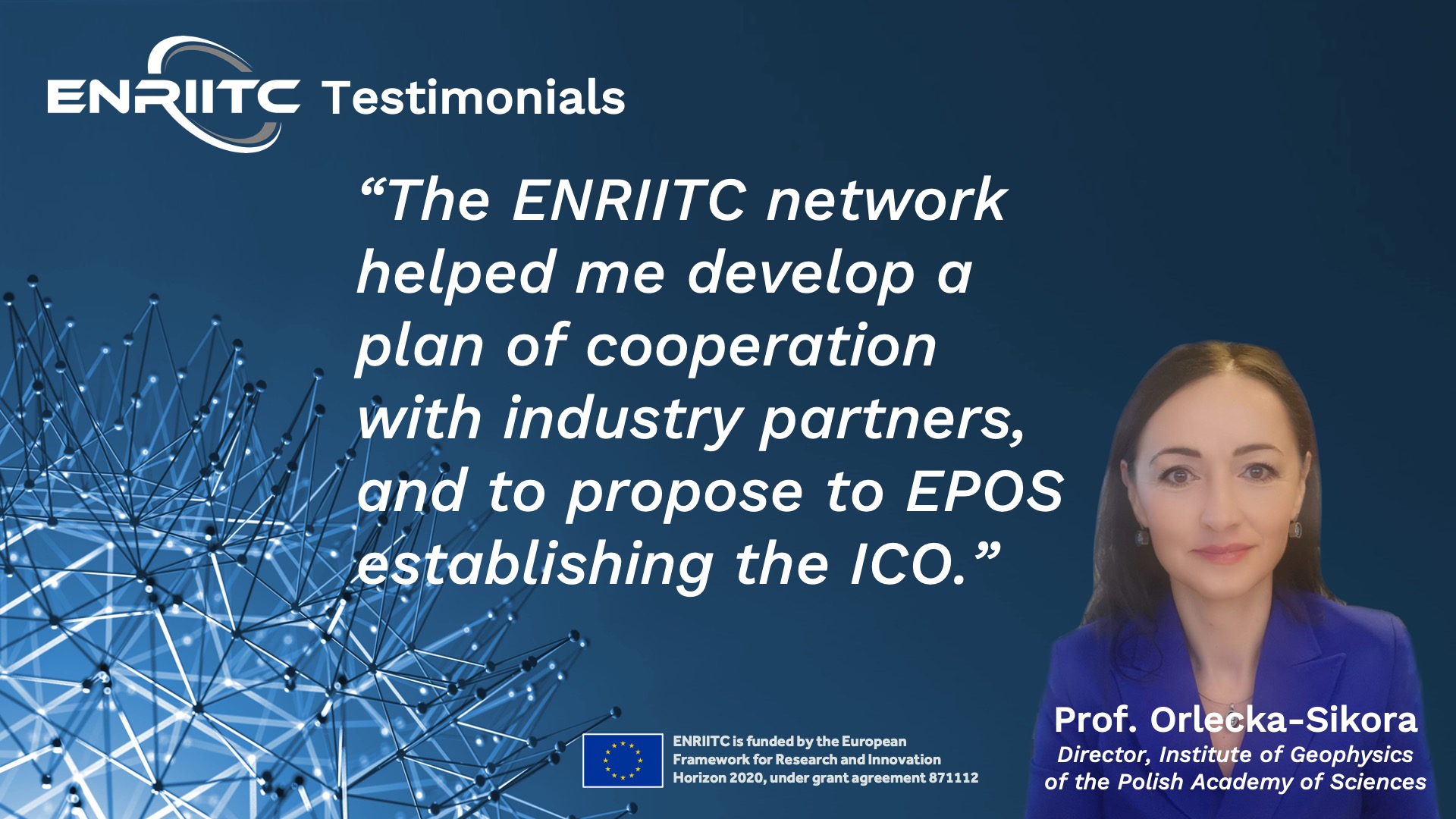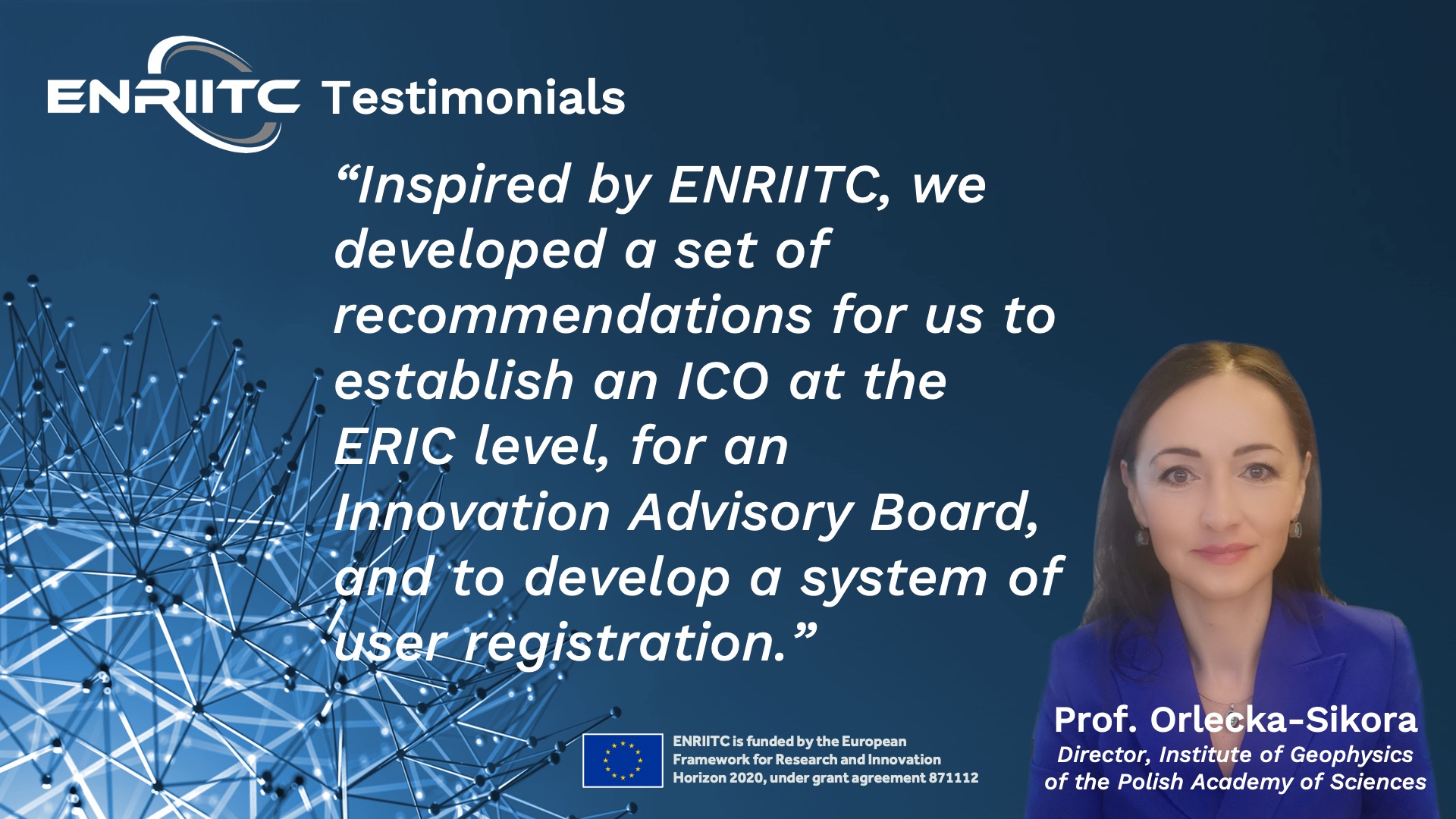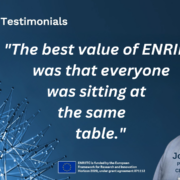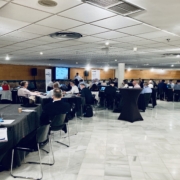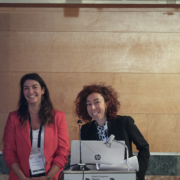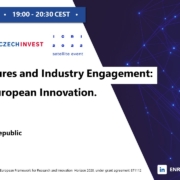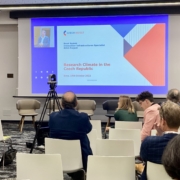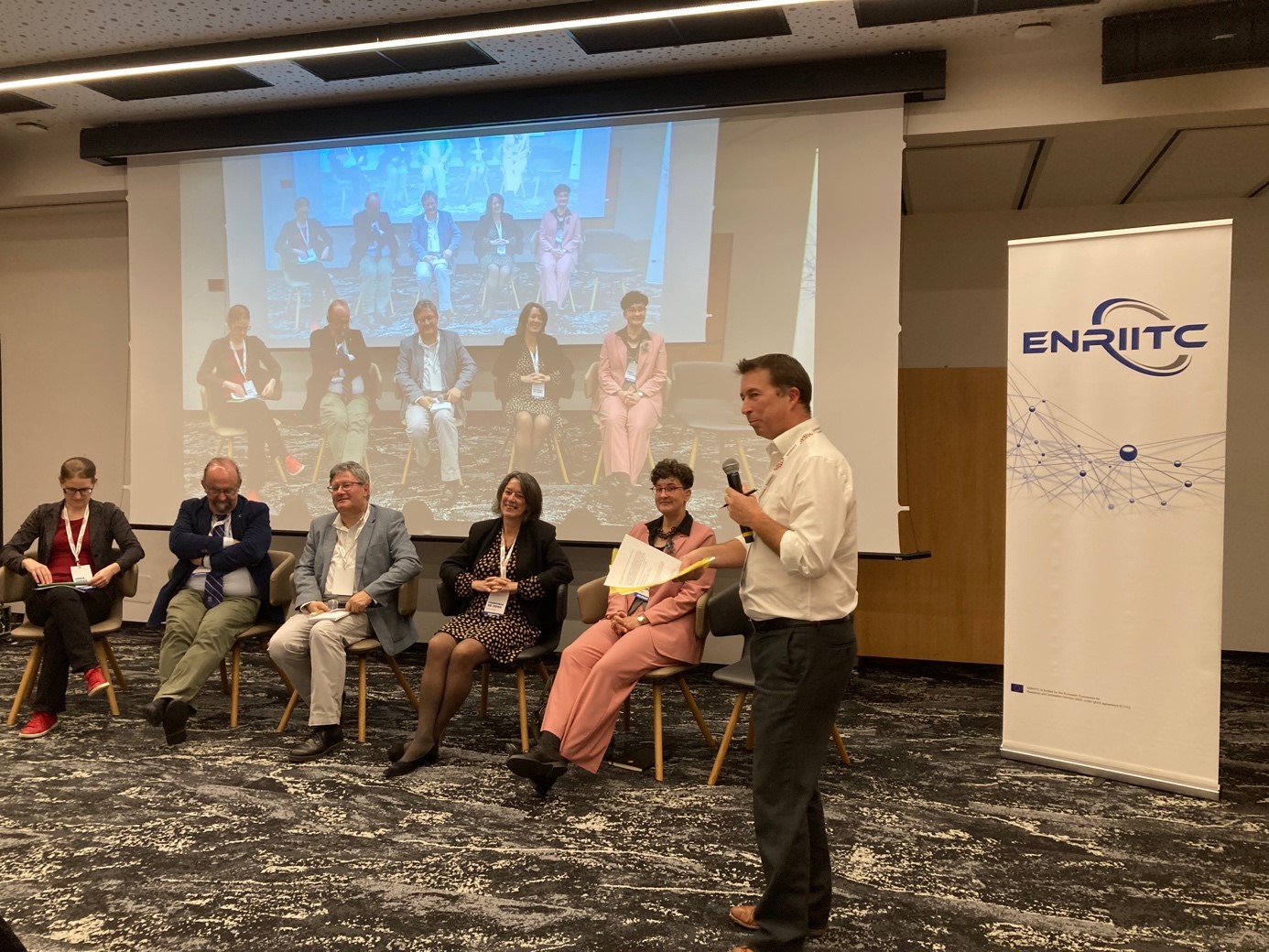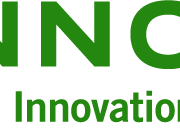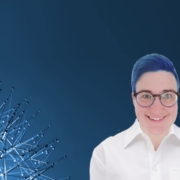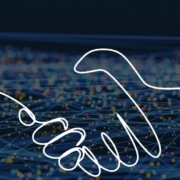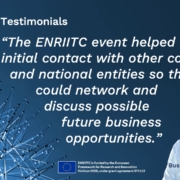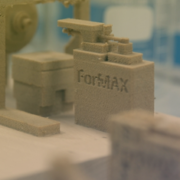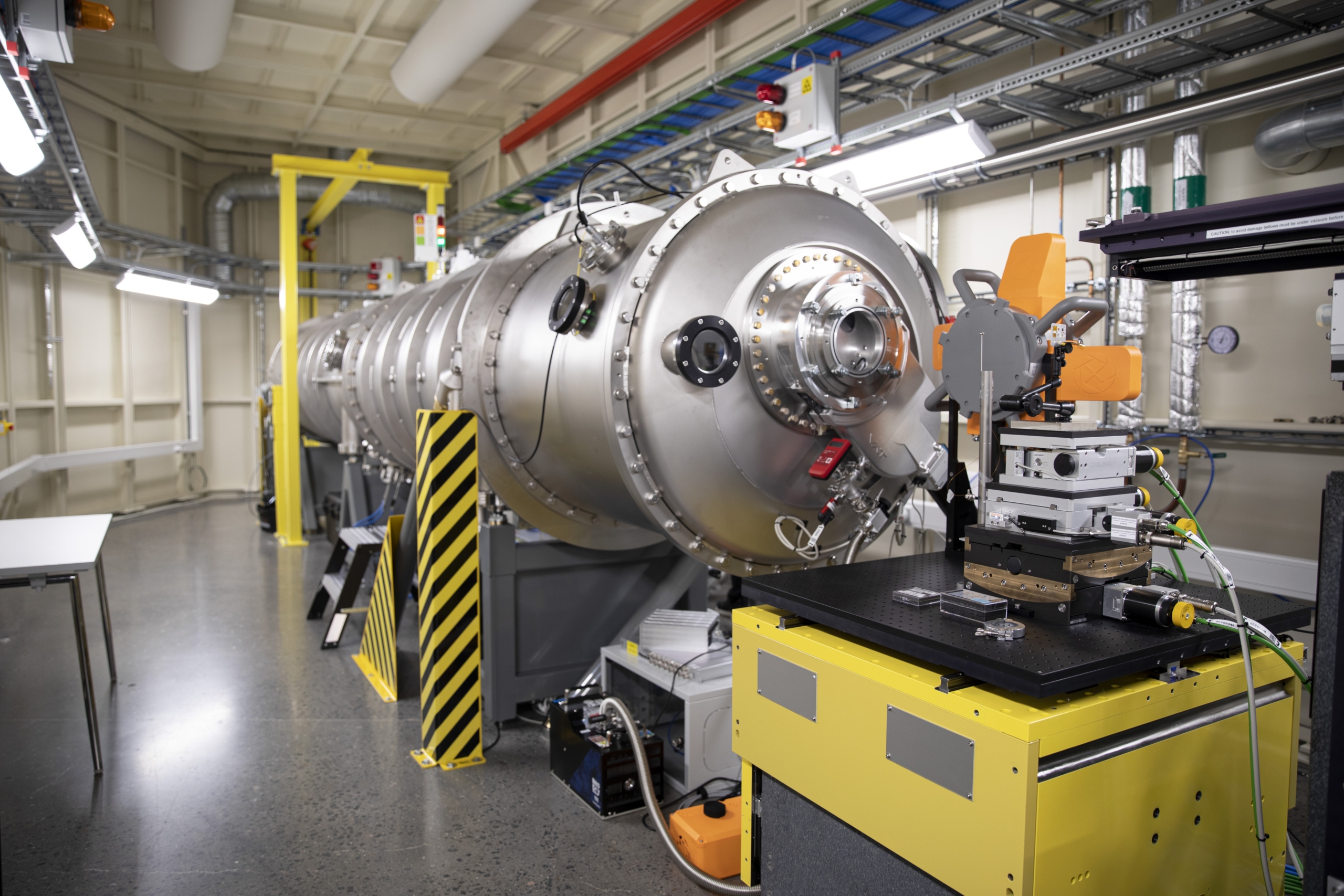Testimonial from ENRIITC – a stepping stone to big science
Benny Björkander is the CEO of RFR Solutions AB, a manufacturer of stainless steel constructions located in Landskrona, Sweden. Benny’s background is in ABB Robotics and he was CEO of a company manufacturing temperature sensors. He attended the ENRIITC Pan-European partnering event at Big Science Sweden on 8 February 2021 and sat down with us to share his experience of the event and further impressions on ENRIITC.
Firstly, thank you for your time, Benny. Could you describe RFR Solutions as a company?
We are a small company of about 48 employees that exclusively specialises in stainless steel designs and focuses on doing that at a level with high requirements. RFR Solutions is a rather niche company working with advanced designs and bringing them through a complicated manufacturing process directly to the customer. We have customers from big science to medtech, nuclear and defense industry. Our company does not go after simple projects; we rather go for the ones with high requirements in variable aspects. We realised that is what we do best.
Let’s talk about the Pan-European partnering event. What were the biggest benefits of the event for you?
When I started at RFR Solutions, I had not really worked with big science before. The partnering event was great to learn more about the business side of big science. In my opinion, working in big science is quite different from other business to business: you have to have a good understanding of the system to be a successful part of it.
Did the event have any impact on your business?
ENRIITC did not have any direct impact on sales. However, ENRIITC acted as a stepping stone to get better acquainted with the organisations, ILOs, procurement procedures, contracts and collaborations. It’s a longer process to build relationships in our business. You have to do it the right way by sending the right people the right formats. I think it’s a big step for companies to enter big science market and this event certainly took us further.
I wouldn’t say that that event directly has given us business, but it has been an add-on of our network and the understanding which we can bring into the next event and the one after that is taking us a step further again. We are playing the long game.
Speaking of networking, did you meet any potential new collaborators at the event?
There were new faces and I had a few meetings. In the end, those meetings didn’t lead to any new projects at the moment, but as I mentioned before, it was a good introduction to the wider industry.
Overall, I like the one to one meetings model. They are quite an efficient way of finding people, getting to know them and building relationships. It was a good experience.
What are the gaps in the current landscape for companies like yours to have a need for a network like ENRIITC?
I think it’s a lot about education. One needs to learn how the big science world works, how it ticks, how to find people and all that. There is also a certain political aspect about it: how different countries organise their business and at times there are also public co-investors. This national level knowledge is very valuable. Without that we can aim to operate in big science but it would only remain a wish.
How do you think others can benefit from ENRIITC?
As I mentioned previously, I see education as something that would be a benefit. ENRIITC could be that one-stop-shop for education on protocols and contacts. For a smaller company like RFR Solutions, it would save quite a lot of resources if there was a well-functioning network. A central place to build relationships with multiple stakeholders.
Thank you, I think that is very helpful to know. Anything else you wish to add?
I would like to mention, that if I look at a company at our size and level, it is a bit risky to only rely on business in big science. At the same time, it offers great additional value in competence and reputation: who wouldn’t want CERN in their client list?
- Find out more about the event here
- Find out more about RFR Solutions here
